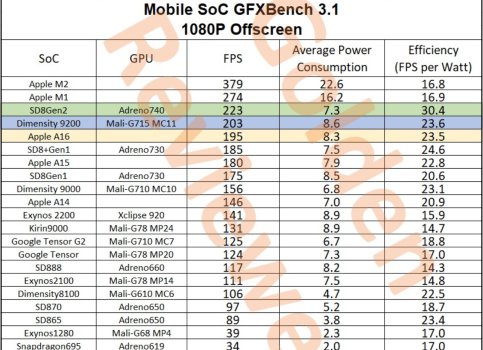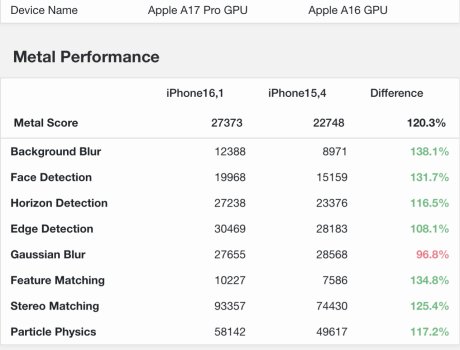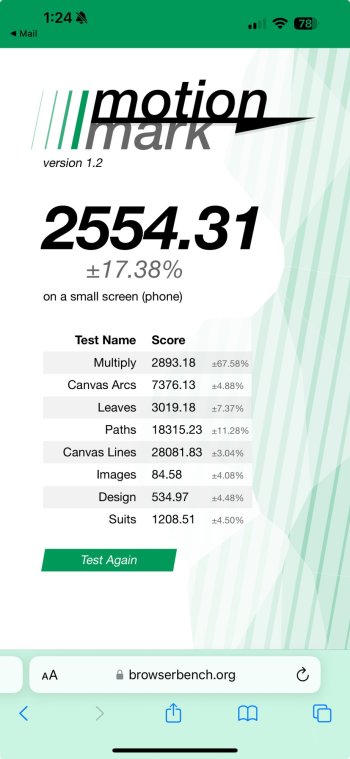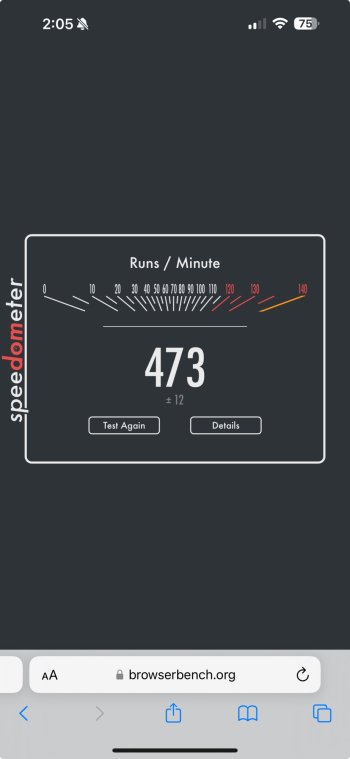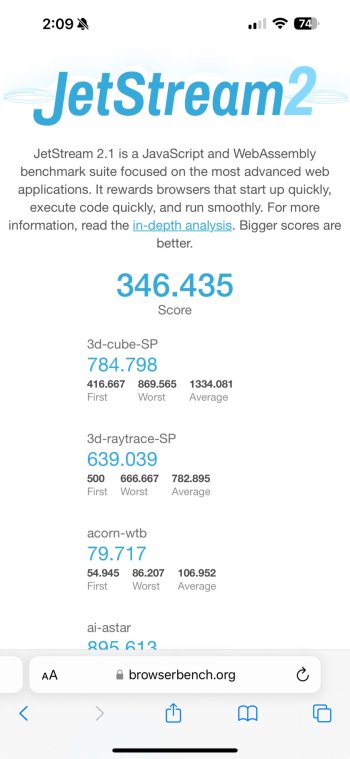With all the unenlightening back and forth about whether A17 really is faster, no it isn't, no it is but only at the cost of power, well but that's only (realistically) in short bursts, blah blah; an obvious data source is being omitted!
What do the numbers look like for an A17 running either JetStream 2.1 or Speedometer 2.0?
Browser benchmarks have the great advantages that
(a) they are easy to run, by anyone
(b) they correspond to a workload we KNOW Apple really cares about for the phone (as opposed to both GB and SPEC which each in their own way don't really match how people use phones)
(c) they will stress code that's written and compiled by Apple to be a best fit for the A17. If there is functionality in the A17 that increases IPC, but requires special, or at least different code (either generated by the compiler, or otherwise exploited, eg in the JIT) we will see it there in a way we won't in GB6 (not yet recompiled for A17) or SPEC (who knows how that's been compiled by the sites that claim to be running it on iPhone?)
So how about it, people? If you own an iPhone 15 Pro/Max (or for that matter, something with an A16 or A15 AND you are running iOS latest, so the Safari is up to date!) go to
https://browserbench.org/JetStream/ and/or
and/or
and give us your numbers (trying to be as honest as possible; eg don't do this while you are also doing something else in the background!)


